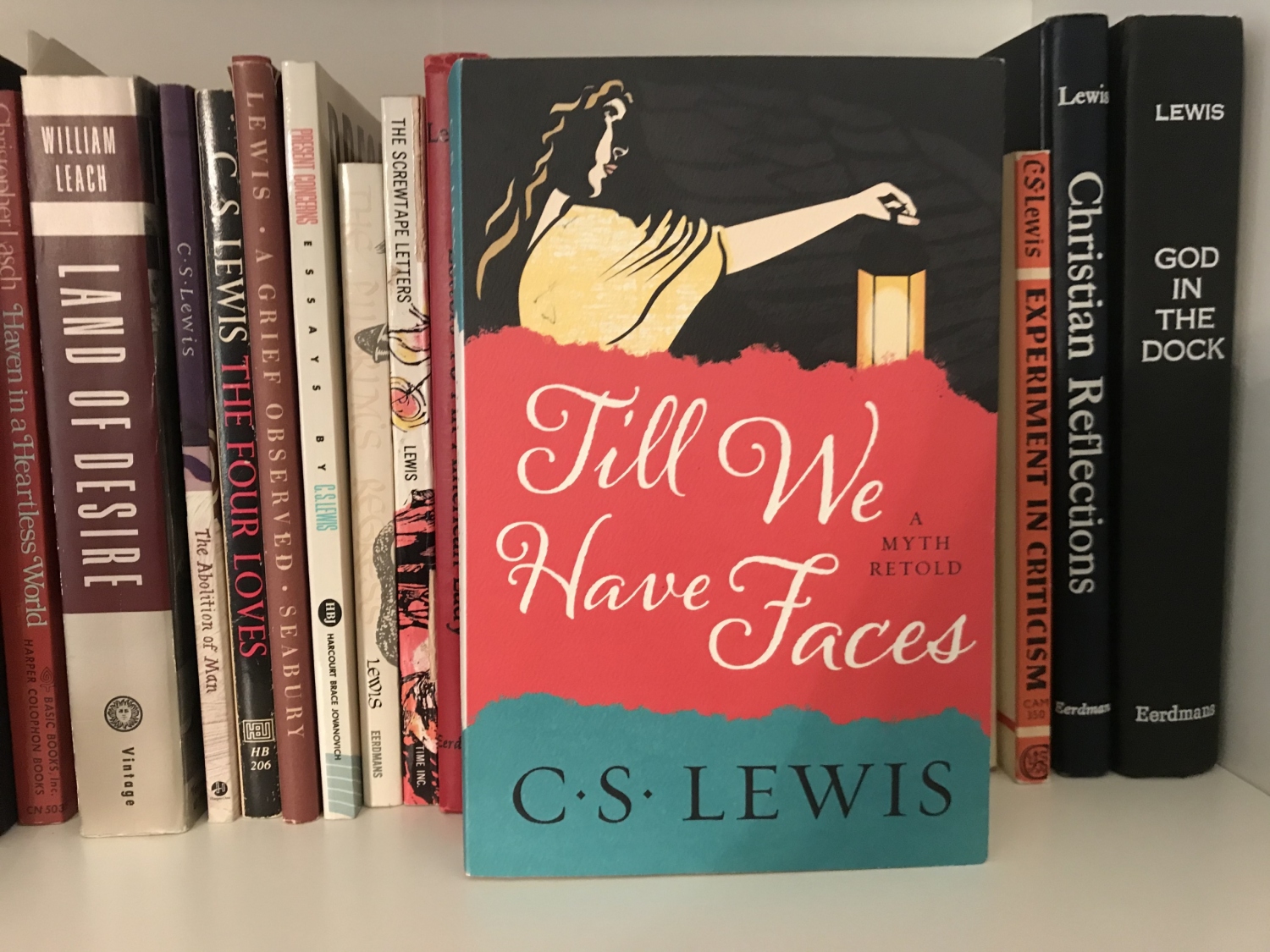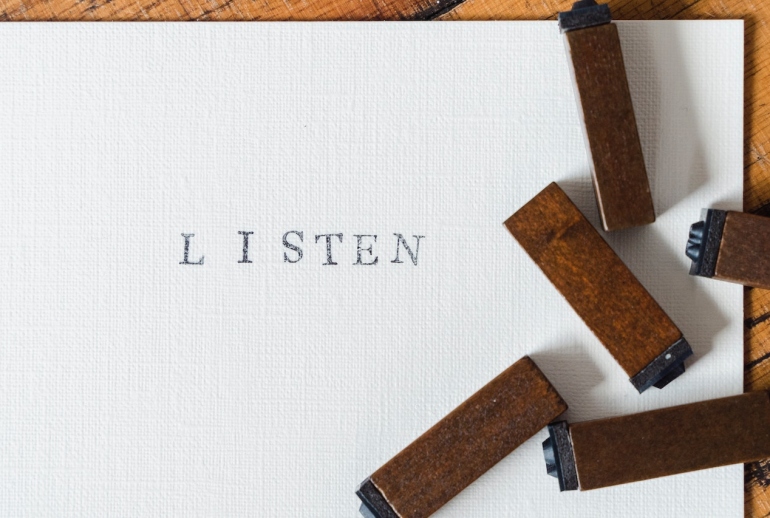I didn’t like Till We Have Faces the first time I read it. The story was interesting enough, and well written, but I couldn’t make sense of the characters and their gods. I was in college at the time and had recently read the Chronicles of Narnia, which I loved. Till We Have Faces left me bewildered, with no answers, only questions. What I didn’t realize is that I was closer to the truth of things than I realized. The Narnian stories are allegories; Till We Have Faces is myth. And as a myth retold (as the subtitle tells us), the story is supposed to raise questions, important questions, so that we can face them honestly. The problem was not my bewilderment but my willingness to set the novel aside instead of following the path set out ahead of me by the questions. The questions are worth slowing down to have time for unhurried reflection.
In a letter to Anne Scott in 1960, Lewis referred to Till We Have Faces as, “that book, which I consider far and away the best I have written, has been my one big failure both with critics and with the public.” In spite of its lack of popularity, Till We Have Faces reveals Lewis’s mature vision of reality, while telling a captivating story that unfolds themes essential to a Christian imagination. “In Till We Have Faces,” English professor Rolland Hein says, “Lewis is at his best, giving insights towards the end of his life on such vital subjects as the importance of spiritual perception and the nature of final judgment. It’s a must read for all who are interested in Lewis’s thought.” Or for anyone who realizes that spiritual perception and final judgment are of true significance.
Like all great literature, Till We Have Faces is multilayered. It can be enjoyed—and should be enjoyed—first, simply as a good story. It’s well told. The prose is powerful. Without using cheap tricks or manipulative plot twists, Lewis produces a page-turner. We grow to care about the characters, we want to know what will happen, and eventually can’t wait to know what will happen next.
It should also be enjoyed as myth. This means we should expect the story to tap into some of our deepest yearnings and hopes, loves and fears. Till We Have Faces does not depict ordinary, daily reality on a surface level but reveals insight into the meaning and purpose of ordinary reality in fresh ways. In so doing, it touches on some of the perennial questions every culture, every generation, every person must face. Is there a hidden, spiritual realm that truly exists? If god/God exists, is he/she/it good? Can we become aware of this hidden spiritual realm? How does this spiritual realm intersect with the ordinary, physical realm of everyday human existence? Are we finally accountable for what we have done, believed and loved? Can religious beliefs ever become so dangerous to the believer to require intervention on the part of those who love them? Where is the line? Can one have philosophical and cultural sophistication and still be a fool, missing what is actually essential to life and meaning? What is the impact of our family of origin on our lives, especially our father? Can we love someone so wrongly that it becomes destructive, to them and to us? How can we know?
Till We Have Faces is a fascinating read, a multilayered exploration of life, meaning and spiritual reality. This is storytelling at its best, designed to capture heart and mind and imagination. In the final analysis the novel is about love, what we love most and how that love will shape all we do and are. Nothing is more foundational or important or exciting or revealing.
Sources: The quotation from Lewis’s letter is from The Collected Letters of C. S. Lewis, Vol. 3, p. 1181 (to Anne Scott, August 26, 1960) along with the quotation by Dr. Rolland Hein are both noted in “A Place for Till We Have Faces,” by David C. Downing online
Book recommended: Till We Have Faces: A Myth Retold by C. S. Lewis (New York, NY: HarperCollins 1956, 1984, 2012) 352 pages + note by author.
Photo credit: Photo taken by the author on his handy iPhone in the library at The House Between.



